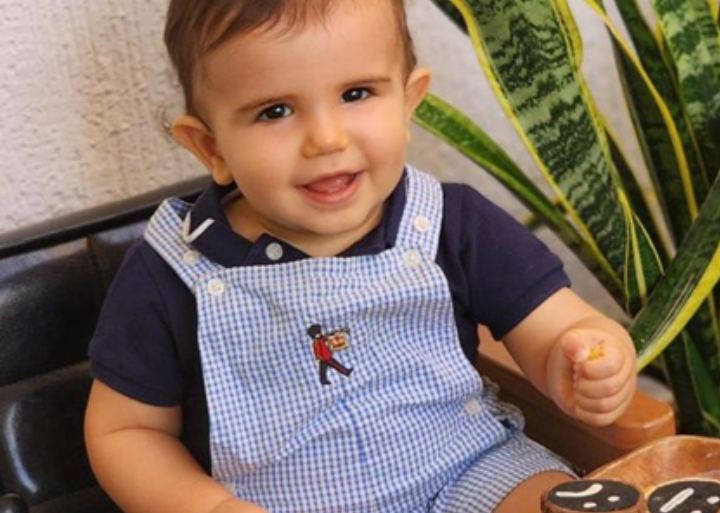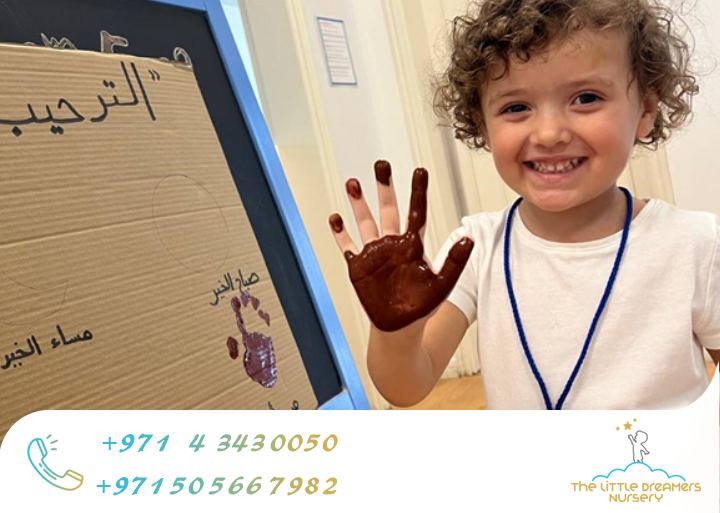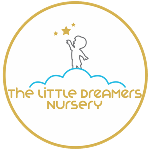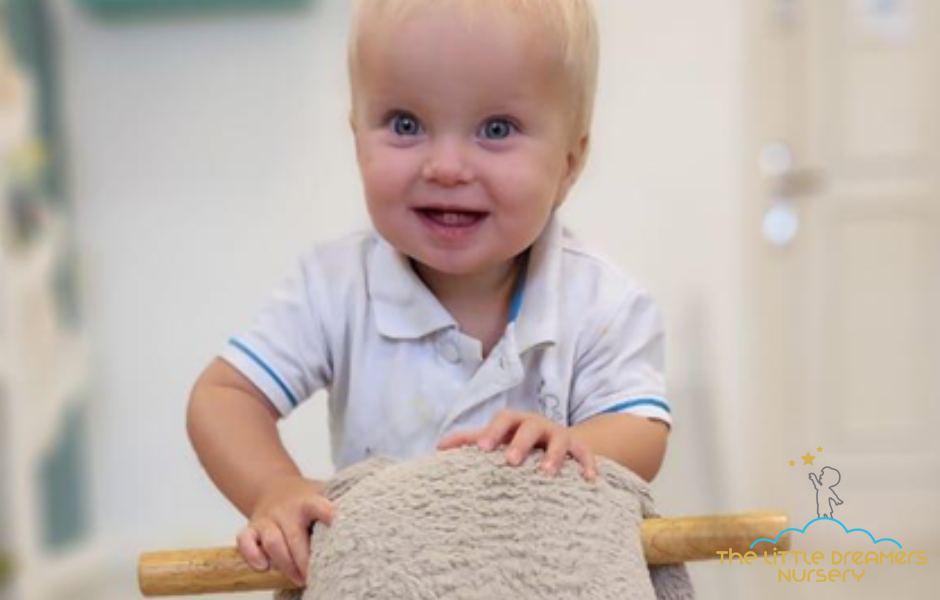Navigating the intricate landscape of child development is a journey filled with both joy and challenges. As parents and caregivers, we often grapple with questions like: How can we guiding children’s behavior in positive ways? What strategies can we employ to guide their actions towards constructive paths?
This article aims to shed light on these queries, offering practical insights and evidence-based approaches for guiding children’s behavior.
Understanding Positive Behavior
Before exploring strategies, it’s essential to define what constitutes positive behavior. Positive behavior encompasses actions that are beneficial to the child, their peers, and the environment. It includes acts of kindness, cooperation, respect, and self-control. These behaviors are the building blocks of a child’s social and emotional development, laying the foundation for their future success.
Guiding Children’s Behavior: Effective Positive Behavior Strategies to Consider
Guiding children’s behavior is a delicate art that requires patience, understanding, and consistency. Here are some effective strategies to consider:
-
Positive Reinforcement
- Reward Desired Behaviors: Acknowledge and praise your child’s positive actions. This reinforces the desired behavior and increases the likelihood of its repetition.
- Specific Praise: Be specific in your praise to help your child understand the exact behavior you appreciate. For example, instead of saying “You’re a good boy,” say “Thank you for sharing your toy.”
-
Natural Consequences
- Allow Children to Experience Consequences: Let children experience the natural consequences of their actions whenever possible. This helps them understand the relationship between their behavior and its outcomes.
-
Time-Outs
- Brief Separations: Use time-outs as a short-term consequence for inappropriate behavior. During a time-out, the child is removed from the situation to calm down and reflect on their actions.
-
Modeling Positive Behavior
- Lead by Example: Children learn by observing. Demonstrate the behaviors you want to see in your child by acting positively yourself. Show some positive behavior examples to them.
- Active Listening: Give your child your undivided attention when they speak. Show that you value their thoughts and feelings.
- Clear Expectations: Set clear expectations for your child’s behavior and communicate them in a way that is age-appropriate and easy to understand.
-
Problem-Solving Skills
- Teach Coping Mechanisms: Help your child develop problem-solving skills to navigate challenging situations. Encourage them to think about different solutions and consequences.

Guiding Children’s Behavior in Positive Ways
It’s important to remember that guiding children’s behavior should always be done in a positive and supportive manner. Avoid using punishment as the primary means of discipline, as it can lead to negative emotions and behavioral problems. Instead, focus on fostering a positive and nurturing environment that encourages growth and development.
Positive Behavior Examples
Here are some examples of positive behaviors that you can encourage in your child:
- Sharing toys and belongings
- Following rules and routines
- Expressing emotions appropriately
- Being kind to others
- Taking responsibility for their actions
- Completing tasks independently

Need Help with My Child’s Behavior
If you’re struggling to manage your child’s behavior, don’t hesitate to seek help. There are many resources available, including:
- Child Therapists: A child therapist can provide personalized guidance and support.
- Parent Support Groups: Connecting with other parents who are facing similar challenges can be helpful.
- Online Resources: Numerous online resources and articles offer advice on child behavior.
Additional Positive Behavior Strategies
In addition to the strategies mentioned above, here are some additional tips for encouraging positive behavior:
- Create a Positive Environment: Surround your child with positive influences and role models.
- Set Realistic Expectations: Avoid setting unrealistic expectations that can lead to frustration and disappointment.
- Celebrate Successes: Acknowledge and celebrate your child’s achievements, no matter how small.
- Be Patient and Consistent: Positive behavior change takes time. Be patient and consistent in your approach.
Conclusion
Encouraging positive behavior in young children is a rewarding journey that requires patience, understanding, and a commitment to fostering a supportive environment. By implementing the strategies outlined in this article, you can help your child develop valuable social and emotional skills that will benefit them throughout their lives.
At The Little Dreamers Nursery, we are dedicated to nurturing young minds and promoting positive behavior. Our experienced caregivers provide a safe and stimulating environment where children can learn, grow, and thrive. If you’re looking for a nursery that prioritizes child development and positive behavior and say “I need help with my child’s behavior”, we invite you to visit The Little Dreamers Nursery and experience the difference.








